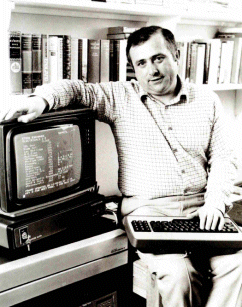History of Online Shopping
Online shopping was invented, implemented, and successful very quickly – less than a week between idea and rough experimental model, less than 6 months to productionise hardware and software, and less than 12 months from product release to the first operational system, the world’s first direct Business to Business (B2B) online shopping system in 1981 [Thomson Holidays].
In online shopping the buyer is connected interactively with the seller’s computer system. No third parties are involved. When a third party is involved that is usually called e-commerce. The Rediffusion computer system used for online shopping was open, using standard communications hardware and a standard human interface. Any terminal could talk to any suitably equipped computer. Any number of applications could be available. The systems were very simple and easy-to-use .
B2B was commercially viable from the beginning. Business to Consumer (B2C) online shopping did not become commercially viable until the 1990s. The first B2Cs in the 1980s were basically proof of concept pilots paid for largely by social security funding and used to investigate the potential for IT to reduce social disadvantage by offering in- the- home services to vulnerable and physically challenged citizens. Valuable lessons for the retail industry were also learned from these pilots not least that order processing, order fulfilment (by manual item selection) and delivery should be based at the local store not at some automated warehouse.
Michael Aldrich realised from the beginning of his work on online shopping that the traditional TV as a computer interface device had real limitations. He also saw the need for high capacity telecommunications links to the home. This is what we call broadband today.
He went on to pioneer new solutions to these problems and he then campaigned to change the law to permit his new broadband systems. For more details please see the ‘Teleputers and Cable Systems’ section of the Archive.

